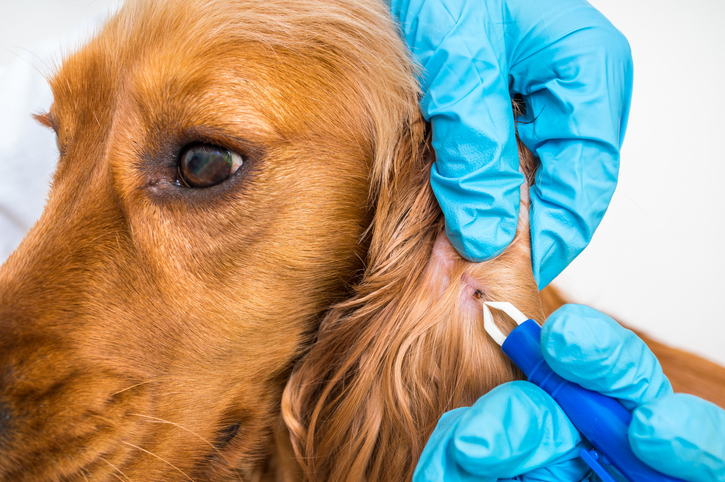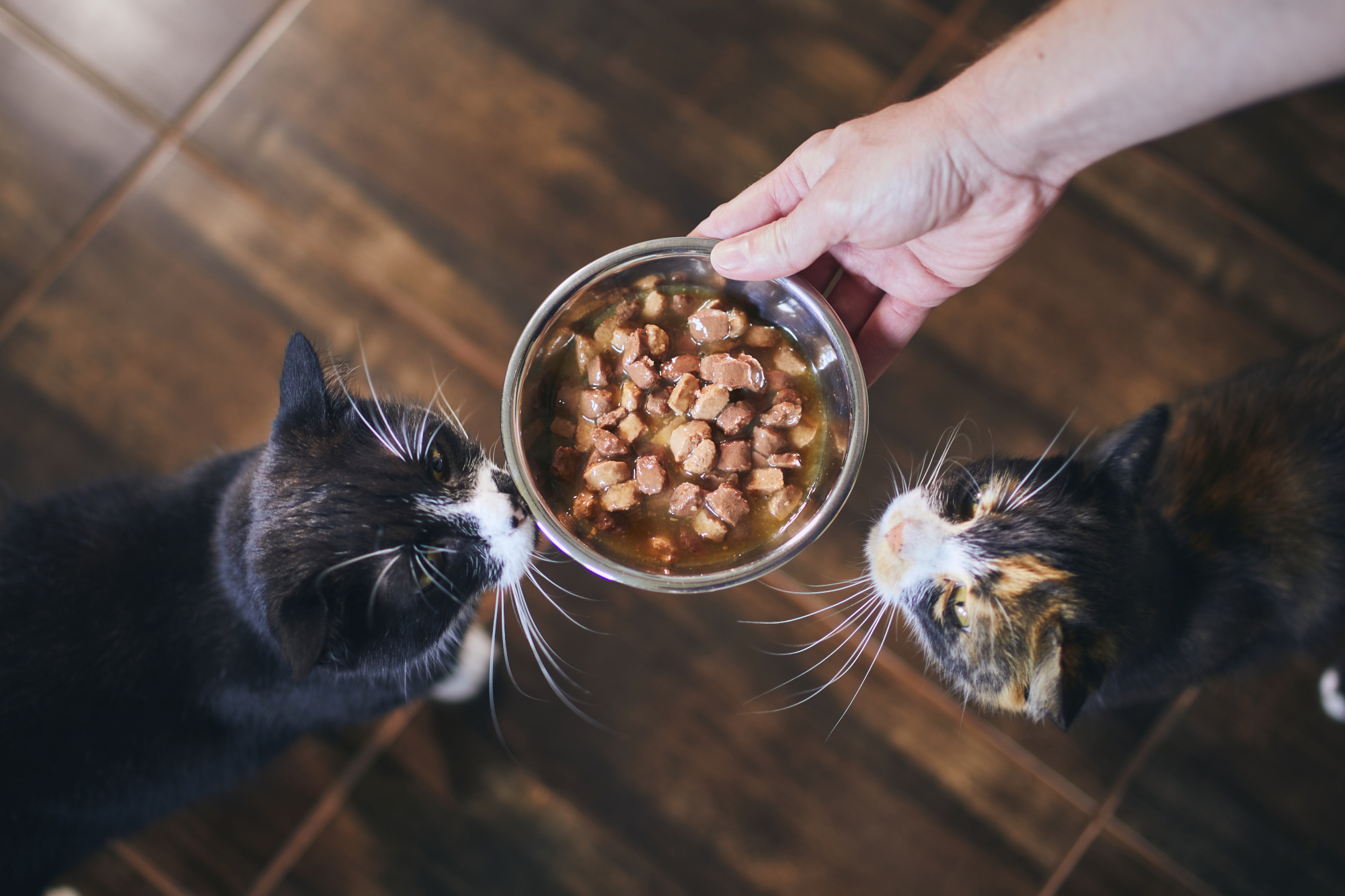Cats are known for their senses. They have keen hearing, an acute sense of smell, whiskers to aid with their sense of touch, and of course, amazing eyes that let them spot movement—even in the dark. So to support your cat, it’s vital that you’re informed about the conditions that could harm their senses.
As a cat owner, one condition to be aware of is feline glaucoma. Glaucoma can affect many creatures, including humans. It can be a serious issue, reducing your cat’s vision and, if left untreated, even leading to total blindness in one or both eyes.
To understand how to identify, prevent, and treat feline glaucoma, you’ll first need to understand what it is. Here’s everything you need to know about glaucoma in cats.
What is feline glaucoma?
Feline glaucoma is a fairly serious condition wherein the fluid inside the eyes cannot drain properly. Over time, this creates pressure on the optic nerve, which is responsible for transferring visual information from the eyes to the brain.
When glaucoma is left untreated, it can lead to nerve damage over time. This will reduce your cat’s vision, and can eventually lead to complete blindness. Glaucoma is sadly not reversible, but there are certain treatments that can be used to slow and stop it from progressing further.
It’s often hard to tell when a cat is suffering from glaucoma, as they’re not able to communicate about their experience as people can. So as a cat owner, it’s important to be on the lookout for certain symptoms of feline glaucoma. These symptoms include:
- One or both eyes becoming cloudy
- One or both eyes becoming enlarged
- Excessive squinting in one or both eyes
- Potential loss of interest in your cat’s usual activities
Because glaucoma progresses so slowly, it’s often hard to identify quickly if you don’t know to look for it. That’s why we recommend taking your cat to the veterinarian for a full checkup at least once or twice a year.
What types of feline glaucoma are there?
This serious condition affects countless cats each year, but did you know that there are two different types of feline glaucoma?
The first is called primary glaucoma, which is quite rare. This is a genetic condition that’s typically inherited, and it’s often breed-dependent, meaning certain breeds are more likely to get it. Siamese and Burmese cats are the most vulnerable to primary feline glaucoma. The biggest difficulty with primary glaucoma is that, over time, it will always become bilateral, meaning it affects both eyes rather than just one.
The other type of glaucoma, called secondary glaucoma, is much more common. It’s an acquired condition, meaning it’s not inherited from a cat’s parents. Secondary glaucoma is most commonly caused by uveitis, an inflammatory condition that can affect the eye’s drainage, causing the fluid to build up.
There are multiple potential causes of uveitis, including:
- Feline immunodeficiency virus (FIV)
- Feline leukemia virus (FeLV)
- Feline infectious peritonitis (FIP)
- Toxoplasmosis
How is glaucoma diagnosed in cats?
As we mentioned before, there are a few warning signs of feline glaucoma for cat owners to look out for. Cloudy or enlarged eyes, excessive squinting, and unusual pupil dilation can all be symptoms, but these are subtle signs that aren’t always easy to spot.
That’s why the best way to notice feline glaucoma early is to take your beloved cat to your veterinarian on a regular basis. Your vet will first perform a routine examination, which will let them see if anything is visually wrong with your cat’s eyes. If they suspect glaucoma, they’ll run some tests to double-check.
How is feline glaucoma treated?
While there is no known cure for glaucoma both for cats and for people, the condition can be treated and managed to prevent further vision loss. Treatment will also help to reduce the pain and discomfort caused by excess pressure in the eyes.
When creating a treatment plan for cats with glaucoma, we often begin with special medications to help reduce pressure within the eye. If the glaucoma has been caused by inflammation, we may also prescribe eye drops with steroids, which will help reduce swelling and prevent the glaucoma from getting worse.
Unfortunately, feline glaucoma is sometimes caught too late. If that’s the case, we will make recommendations to keep your cat as comfortable as possible. We may refer you and your kitty to a veterinary specialist who’s more suited to help with complex and advanced glaucoma cases. We might also recommend surgery to remove the affected eye(s), which can help reduce pain and keep your cat comfortable.
Dealing with feline glaucoma as a cat owner
Feline glaucoma can be a tough thing to navigate as a cat owner, since the condition has no cure. Progressive vision loss is almost guaranteed without treatment, but it can thankfully be slowed down or sometimes stopped completely with prompt treatment with your veterinarian’s help.
As a cat owner, the best thing you can do for your furry friend’s eye health is to be on the lookout for signs of glaucoma. And if you do happen to notice anything irregular in their eyes or behaviour, we recommend taking them to see your veterinarian as soon as possible. In combination with regular check-ups at the vet, you can protect your cat from pain, discomfort, and vision loss, and address glaucoma before it becomes a more serious issue.
Creative Commons Attribution: Permission is granted to repost this article in its entirety with credit to Hastings Veterinary Hospital and a clickable link back to this page.






